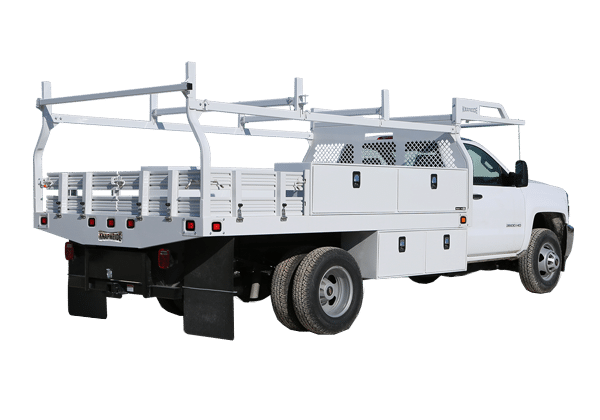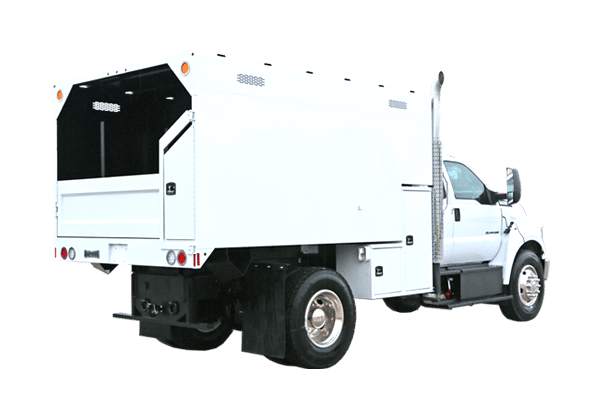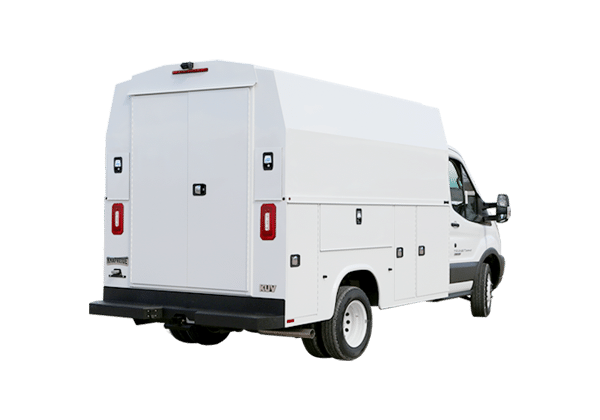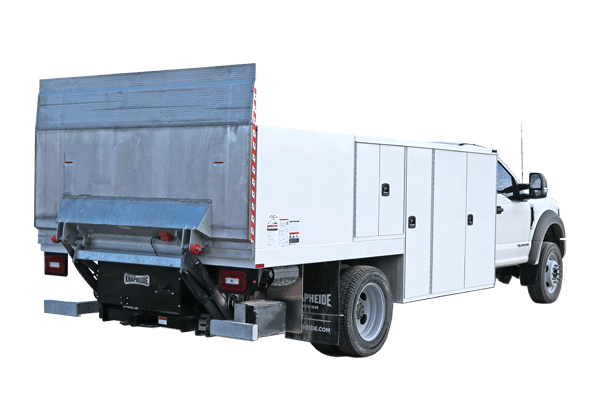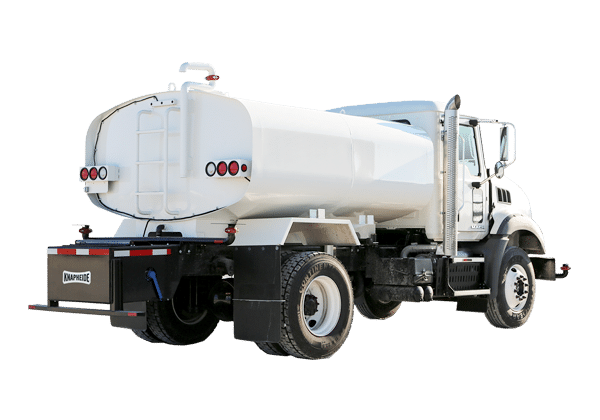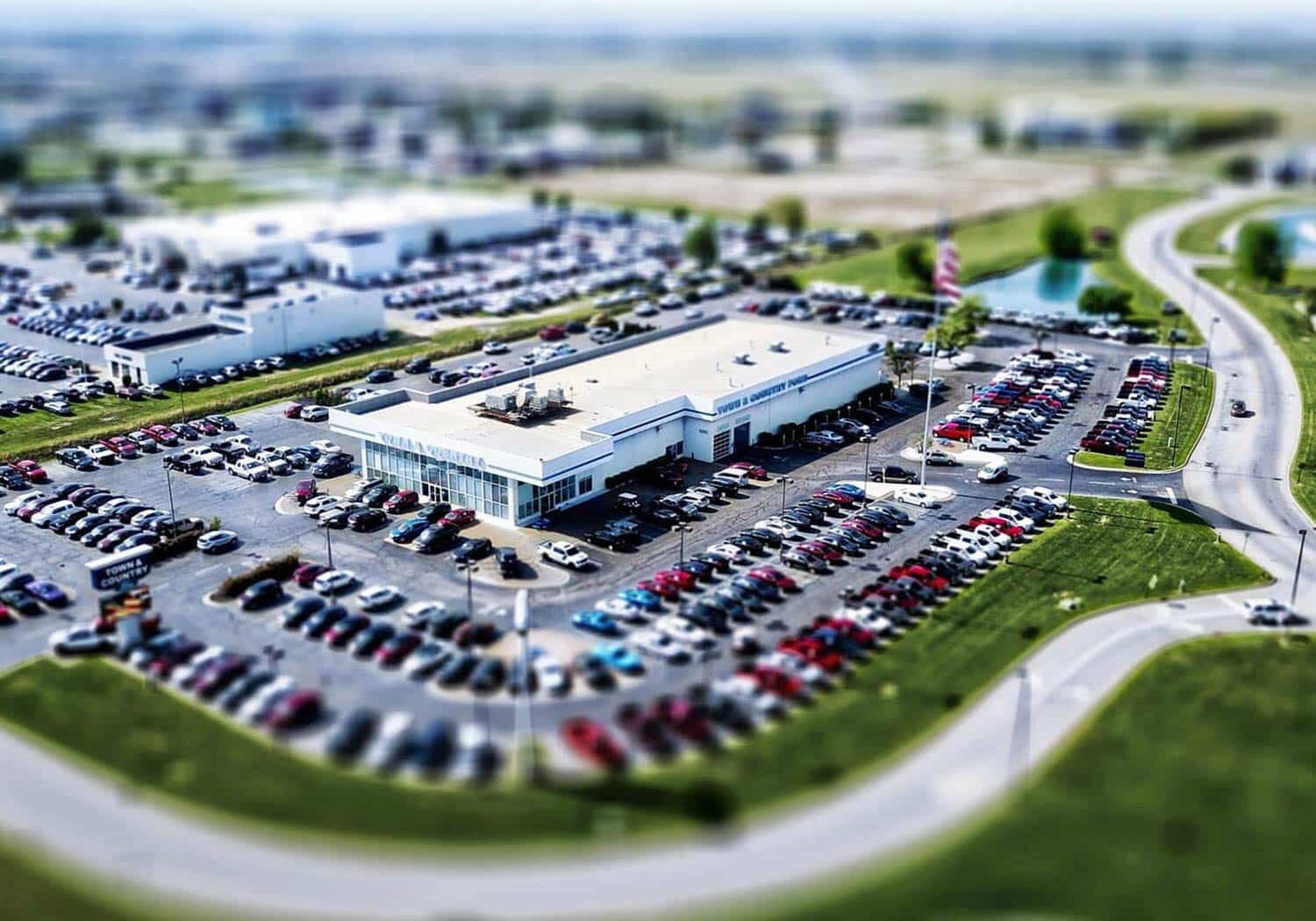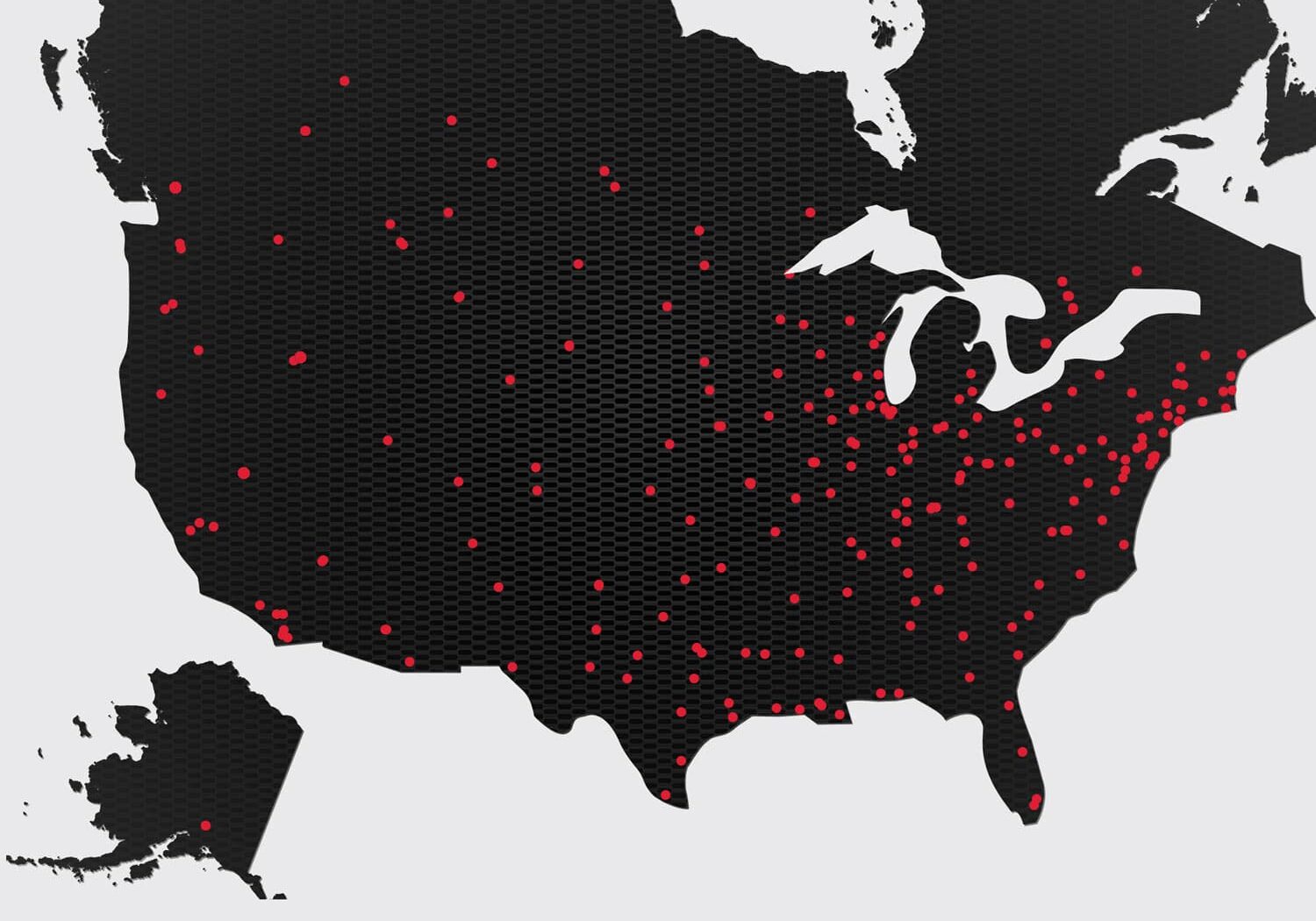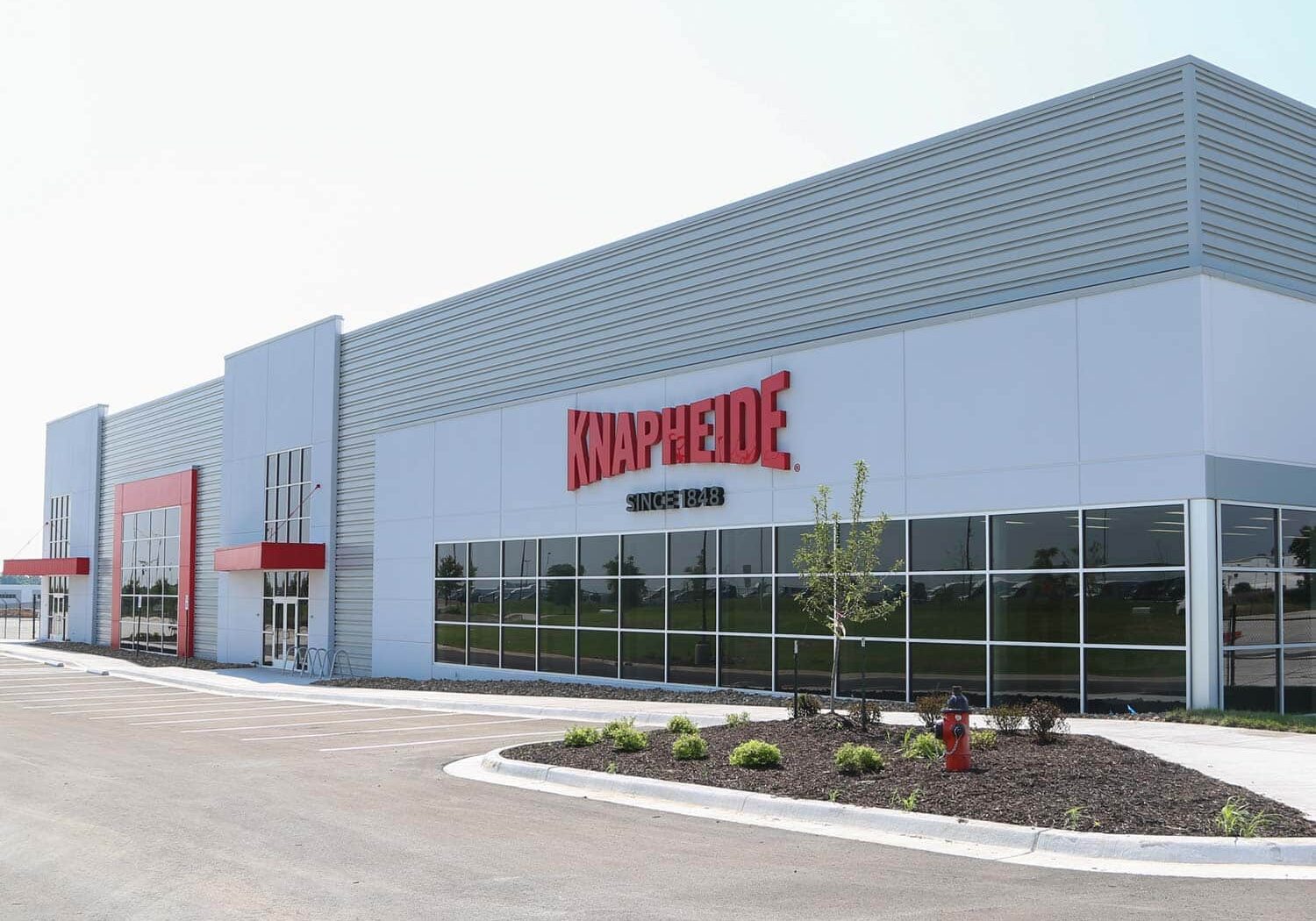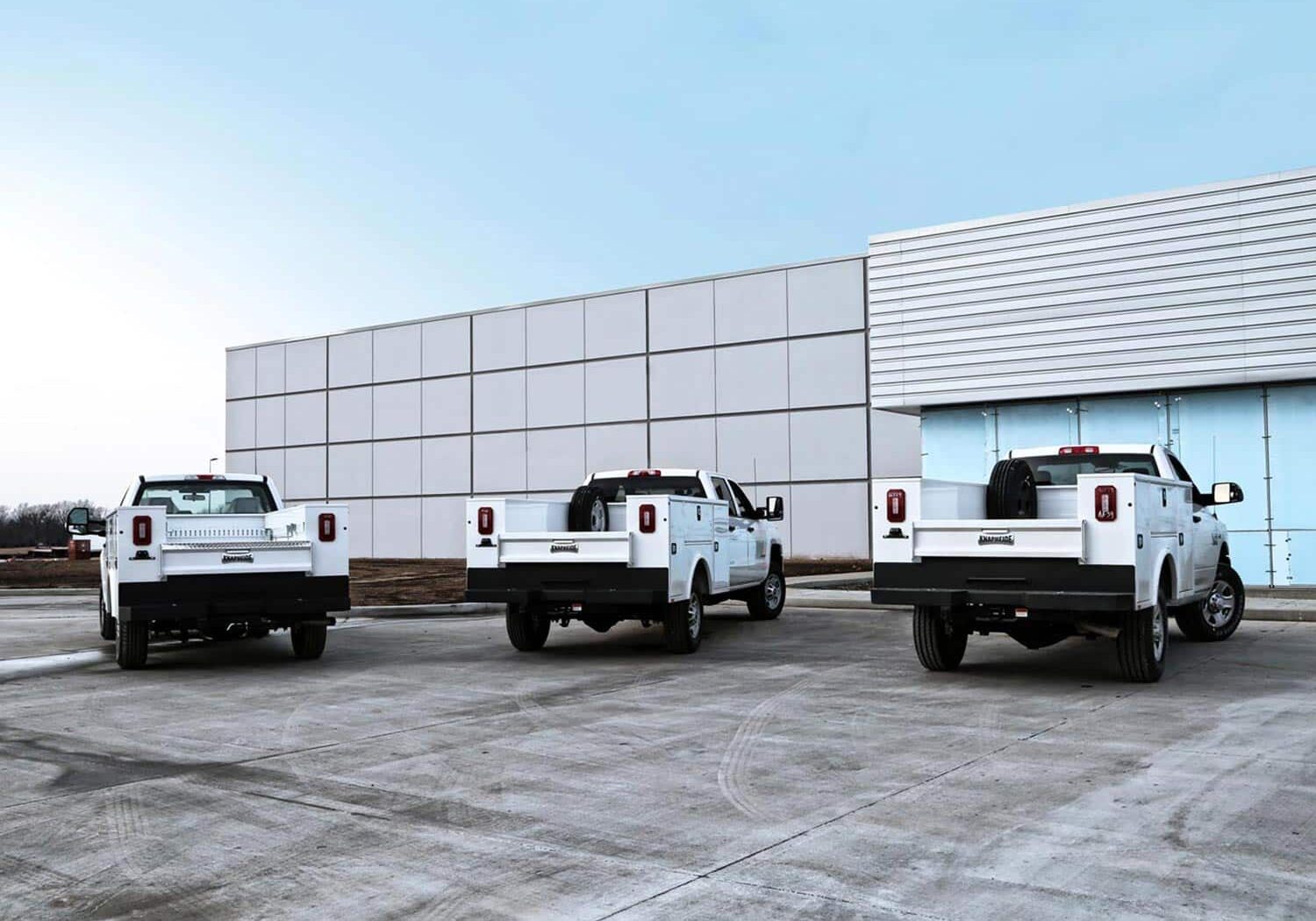Publish Date
July 18, 2022
Social Share
Painful prices at the pump have been chipping away at the wallets of individuals and families for a number of months now. But it’s not only individuals and families who are feeling the effects of runaway fuel prices. Businesses, particularly those that employ a large fleet of vehicles, are having to find ways to soften the blow of fuel costs while continuing to serve their customers.
What’s behind rising fuel prices?

MANDAR DIGHE
Knapheide Vice President of Sales and Marketing
“There are a couple of main reasons for the rapid increase in fuel prices,” says Knapheide Vice President of Sales and Marketing, Mandar Dighe. “First, as we rebound out of the pandemic, gasoline refineries are struggling to return to full production capacity, which is somewhat limiting supply. Second, people are coming out of the pandemic and are traveling and driving more than ever, which creates significant demand. The combination of these two factors is creating a classic ‘supply vs. demand’ scenario which has driven retailers to increase prices to record levels. In addition, regional unrest such as what is occurring in Ukraine also puts pressure on oil refining and global supply conditions.”
Dighe says that higher fuel prices can often have a significant impact on business owners who are reliant on their trucks to get the job done. As their costs go up, downstream customers of these businesses can anticipate the prices and costs they pay for services provided by such companies going up as well.
What can be done to lessen the impact?
“Many fleets and owners are ‘locked in’ with their current fleets or have specific vehicles that are needed for specific vocations and missions,” Dighe notes. “To that end, optimizing routes, reducing excess idling, and trying to declutter to reduce overall vehicle weight are things that can be done to help improve fuel economy and lessen the impact of gas prices.”
Solutions such as the route planning software can help with optimizing routes. Utilizing intelligent technology and software such as algorithms, machine learning, historical data, and telematics, route planning solutions optimize fuel consumption by routing drivers through the most fuel-efficient pathways.
These apps and products can detect interruptions to traffic flow and/or additional delays that can waste fuel. Additionally, it can calculate data that will help ensure you aren’t using too many vehicles, making too many stops, and much more.
Route planning software can be a smart investment for fleets of all sizes who are looking to be more efficient in their daily operations.
Other “common sense” approaches to conserving fuel include training drivers on best practices and safe driving tactics. Coupled with regular vehicle maintenance, these approaches will help keep your work vehicles on the road for a longer period of time while optimizing your fuel efficiency.
Is now the time to consider or purchase EVs?
“As the price of gas rises, the relevance of electric vehicles continues to move in EV’s favor,” Dighe notes. “However, one cannot discount the challenges with infrastructure that will be needed to support EVs, such as lack of charging stations along with the need to further bolster our electricity grid to support charging needs.”
Whether or not a shift to electric vehicles to serve your customers is highly dependent on your business and how you use your work vehicles.
“Simply put, there may not be an EV that can support a business’ needs at this time,” says Dighe. “However, if there is an EV that can work for your company, business owners need to be aware of a variety of considerations before making the switch. Not thinking it through could leave a business literally at a standstill without many options.”
The outlook on fuel prices

While fuel prices have recently shown some reduction, they largely remain at an all-time high, tightening the wallets and budgets of consumers and businesses alike. While there is no certainty what the future holds for prices at the pump, integrating some of these suggestions into your business practices will hopefully alleviate some of the stress that accompanies today’s high fuel costs.



